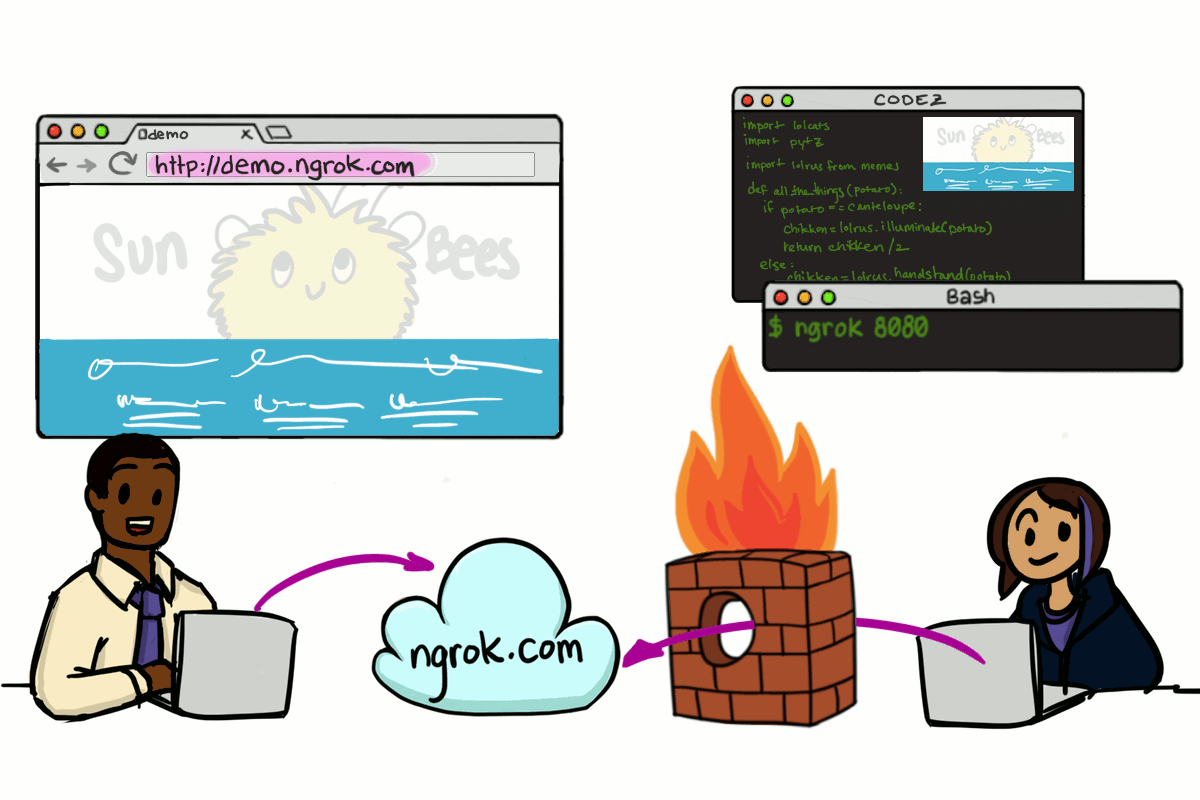How to use a Raspberry Pi Zero W?
After figuring out why you will want to get a Raspberry Pi Zero W, you may wonder how you can use it.
Given that, this post shows how you can use a Raspberry Pi Zero W in your next IoT project.
As a constant learner, I get to touch upon many ideas in different areas. This category is for me to capture those ideas which I felt people may reference to get ahead of their tasks. Most of the time, I do come back to this section of my blog to remember what I had learnt in the past.
After figuring out why you will want to get a Raspberry Pi Zero W, you may wonder how you can use it.
Given that, this post shows how you can use a Raspberry Pi Zero W in your next IoT project.
When you have a DHT11 / DHT22 sensor, you can measure the temperature and humidity of your room. If you attach the sensor to a Heltec WiFi Kit 32 development board, you will be able to put up the readings on a 0.96 Inch OLED screen.
Given these points, let’s look at how we can show the temperature and humidity readings of your room on a Heltec WiFi Kit 32 development board attached to a DHTXX sensor.
Before we can decide if a Raspberry Pi Zero W is suitable for our Raspberry Pi project, it is helpful to know the specifications.
If you have a Raspberry Pi 2, 3 or 4, then you can install the official Ubuntu 19.10 server.
Since Ubuntu is a popular Linux distro for servers, you may want to install it on your Raspberry Pi server.
Given that, let’s look at how we can install Ubuntu 19.10 server on your Raspberry Pi.
As I had mentioned in how to host multiple websites from home, a typical network architecture looks like the following:
 In such a case, we will need our router to hold a public IP address and perform port forwarding for our home servers.
In such a case, we will need our router to hold a public IP address and perform port forwarding for our home servers.
However, there can be cases where we do not have the environment to put our server on the internet.
In such a situation, you will find ngrok useful. Since ngrok accepts traffic on a public address and relays that traffic through to the ngrok process running on your machine, you can put your server on the internet easily.

Given that, let’s look at how you can put your Raspberry Pi server on the internet with ngrok.
When you want to turn your unused Raspberry Pi into a security camera, you can take a look at motionEyeOS.
So what is motionEyeOS? In short, motionEyeOS is a Linux distribution that turns your single board computer into a video surveillance system. Therefore, it is convenient to setup a Raspberry Pi security camera with motionEyeOS.
Given these points, let us look at how we can setup a Raspberry Pi security camera with motionEyeOS.
After connecting my iPhone to my Samsung Smart TV via Chromecast, I accidentally powered off my TV with the remote.
Since the YouTube app was playing when I accidentally switched off my TV with the remote, something got screwed. When I switched on my TV again and launch the YouTube app again, a black screen showed up perpetually.
In order to have a reference in the future, I document the steps that I took to fix the issue.
Even though a Raspberry Pi security camera is not the cheapest surveillance camera, it can be worthwhile building one.
Especially for Raspberry Pi fans, you may have several unused Raspberry Pis because you buy one for each release. In such a case, a big part of your Raspberry Pi security camera is sunken cost.
Given that, let’s look at how we can setup a Raspberry Pi security camera with Raspbian Buster Lite and motionEye.
When I wrote about setting up MicroPython on an ESP development board, I came across the WebREPL.
If you setup MicroPython WebREPL on your ESP32 board, then you can interact with your ESP32 board wirelessly.
In case you need it, this is how to setup MicroPython WebREPL on your ESP32 development board.
© 2010 - 2023 Techcoil.com: All Rights Reserved / Disclaimer
Follow us